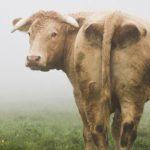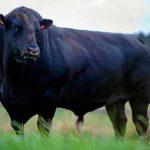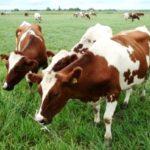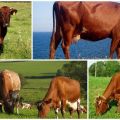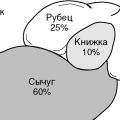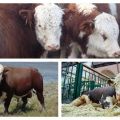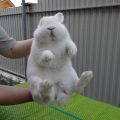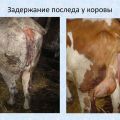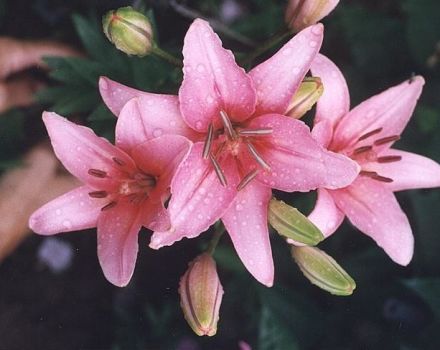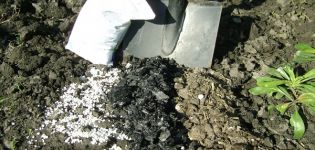Top 2 ways to determine the age of a cow and other cattle
The volume of milk received from a cow, the quality of bull meat depends on the age of the cattle. Therefore, before purchasing an animal, you need to find out how to determine the age of a cow, other cattle. Such prudence will allow you to get good benefits and not regret buying in the future. Learn the age of the animal by the teeth and horns.
General advice at the time of purchase
Before buying a cow, you need to decide what is better to buy: young cattle or an adult animal. Each option has its positive and negative points. Also pay attention to the cow's appearance to determine if she is healthy or not.
If getting milk is not the main purpose of the purchase or you can do without it for some time, then you can buy a heifer. This is a pregnant or pregnant heifer. As a result, 2 animals will be purchased. After a while, milk will appear. But the heifer is more expensive and it is impossible to determine the amount of milk in the future.
If an adult cow is being purchased, it is best to purchase an animal between 2 and 5 calving.
Older cattle will have less milk, although there are individuals with higher yields even after 7-9 lactation. The amount of milk is influenced by the health of the cow. The table summarizes the external signs of a sick and healthy cow.
| Healthy livestock | Sick cattle | |
| Body type | Smooth back, clean back, full scar | Protruding ridge, hump near the neck, dirty tail and bald hind thighs, protruding ribs, inverted belly |
| Hooves | Wholes, correct | Long, curling |
| Knees | Intact, covered with hair | Edematous, with bald patches |
| Wool | Smooth, shiny | Dirty, with bald spots |
| Eyes | Clear, no souring | Dim, drowned |
| Nostrils | Clean | With secretions |
| Udder | Intact, clean | Dirty, with wounds and calluses |
| Behavior | Active, confident | Nervous |

It is better to choose cattle together with a veterinarian. It is advisable to choose a local breed adapted to weather conditions, but this is not necessary.
How to determine the age of an animal by the horns
It is an accurate age identification method. In a calf, it is determined by the length of the horns, in an adult cow, by the horn rings. Growth stages of horns depending on the number of days and months of the young are shown in the table below.
| Age | Horn condition |
| Newborn | Not visible |
| 14-16 days | Skin folds form |
| 30-35 days | Hair falls out, and the corneous nucleus forms |
| 2 months | Sharp horns about 1 centimeter long appear |
| From 2 to 20 months | Horns grow 1 centimeter every month |
To find out the age of young cattle in months, you need to measure the length of the longest side of the horn and add 1 to the resulting value.This method is valid for calves less than 20 months old. In the future, the horns grow more slowly, and the age is determined by the horn rings or interceptions.
At the end of pregnancy and the beginning of lactation, the cow's body spends most of the nutrients from the feed for the formation of fetuses and milk.
Usually a cow calves every year, so knowing the number of interceptions can determine the age of the animal. For this, 1.5-2 years are added to the number of rings - the time when the cow was still a heifer. If the cattle were barren and did not calve in a certain year, then this will be noticeable by the increase in the distance between interceptions by 2 times. In this case, add 1 to the total number.
Determining the age of a cow by teeth
You can also find out the age of a cow by the teeth. In total, the animal has 32 teeth. The lower jaw has 12 molars and 8 incisors. On the top - 12 root. The incisors are divided into 4 pairs:
- there are 2 hooks in the middle;
- then comes a pair of middle inner ones;
- further 2 middle outer;
- the extreme 2 are called edges or edges.

At birth, a calf can have 2 to 8 milk incisors. Basically, the age of a cow is determined by the incisors - milk, and then indigenous. The rest of the teeth are taken into account as an auxiliary "material". Changing the incisors can be divided into 3 stages:
- lactic;
- transitional between dairy and indigenous;
- root.
The lactating stage begins at the birth of the calf and ends at 18 months. The details of the changes are shown in the table below.
| Age | The condition of the teeth of young animals |
| Newborn | Have 2 to 8 teeth |
| Day 20 | All milk teeth come out. They cling to each other |
| 4-6 weeks | Teeth are aligned, slight abrasion is noticeable at the hooks |
| 8-10 weeks | First, the internal averages are erased, then the external averages |
| 3-4 months | Crowns are rounded, edges begin to align |
| 4-6 months | Noticeable strong abrasion of the toes, medium inner and outer |
| 9 months | Edges are erased |
| 12-14 months | Milk teeth are halved |
| 15-18 months | Staggering and falling out of milk hooks |

The transition period lasts from 20 months to 4 years. The changes are shown in the table.
| Age | Cattle teeth condition |
| 18-20 months | Permanent incisors appear |
| 2-2.5 years | Average internal |
| 2 years 9 months-3 years | The middle outer |
| 3 years 3 months-3.5 years | External constants align |
| 3.5-4 years | Permanent edges appear |
The number of years in adult animals is determined by the molars.
| Age, years | Condition of the molar incisors |
| 5 | Erasure of permanent edges, gaps appear between the incisors |
| 6 | Toes and inner mids are halved |
| 7 | Toes and inner mids take a quadrangular shape |
| 8 | Edges and outer mids are halved |
| 9-10 | All incisors take a quadrangular shape and are reduced to half |
| 11-13 | The incisors take the form of a circle or oval, consist mostly of a neck, the enamel disappears |
| 14-15 | Complete erasure of the incisors to the roots |
| 15 and more | Dropping out |
By combining methods of determination, you can accurately find out the age of the cattle. In this case, it is imperative to analyze the appearance of the cow so as not to buy a sick animal.

